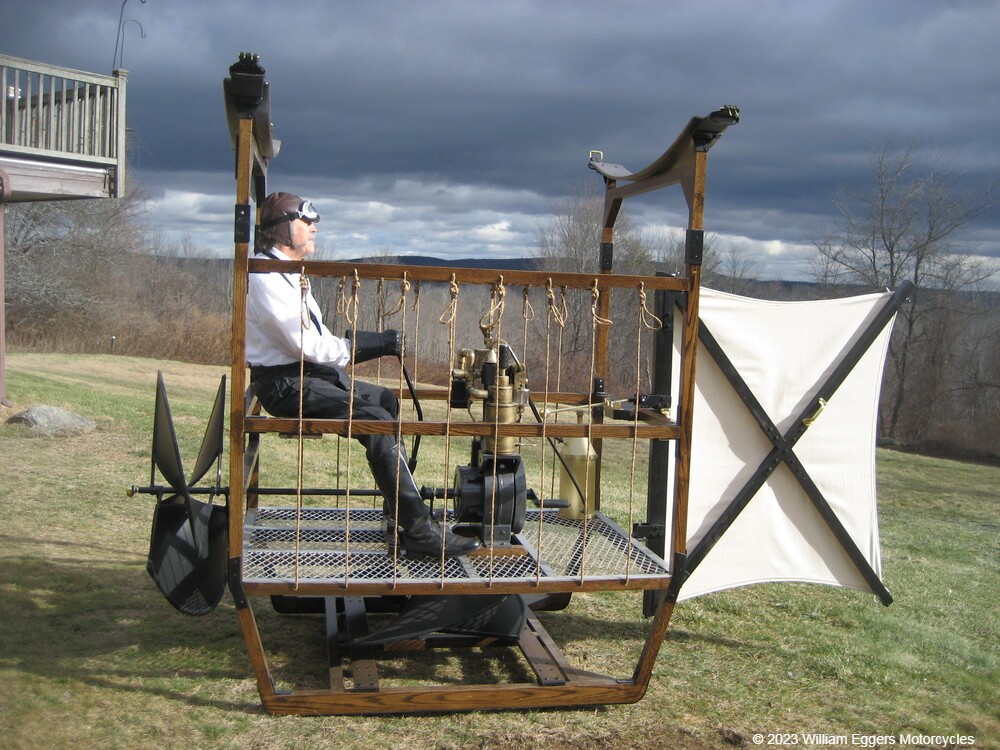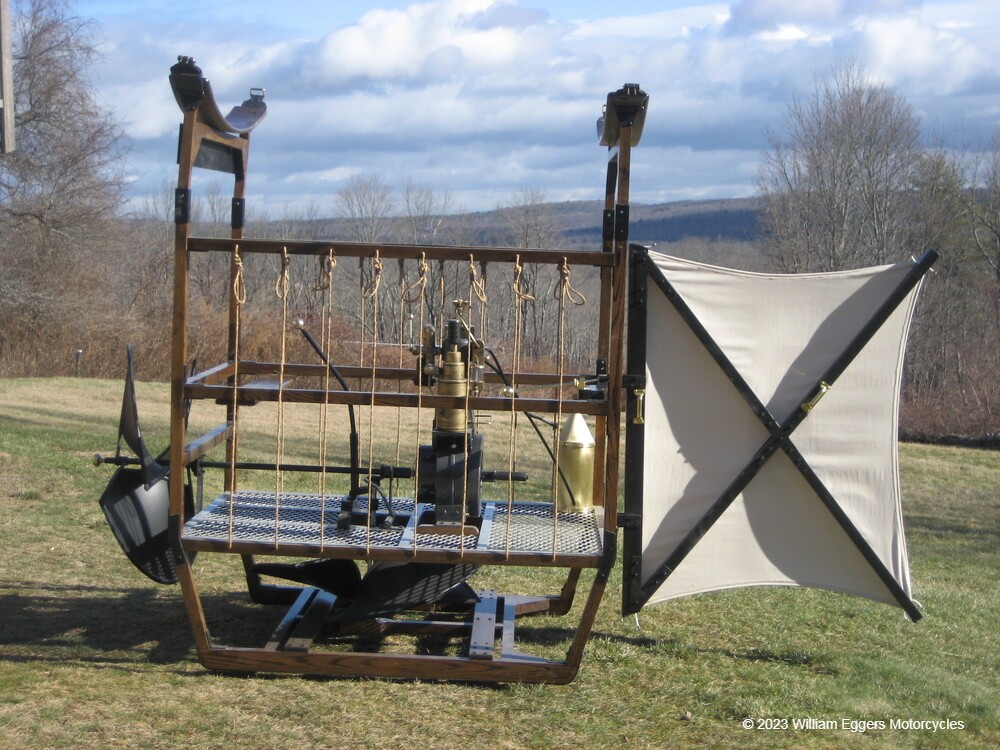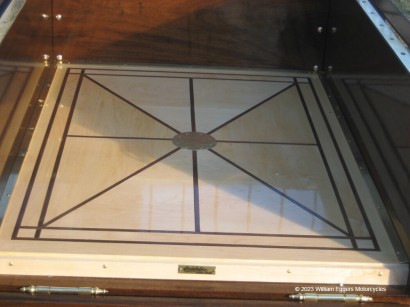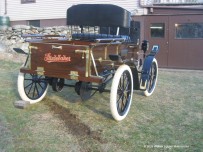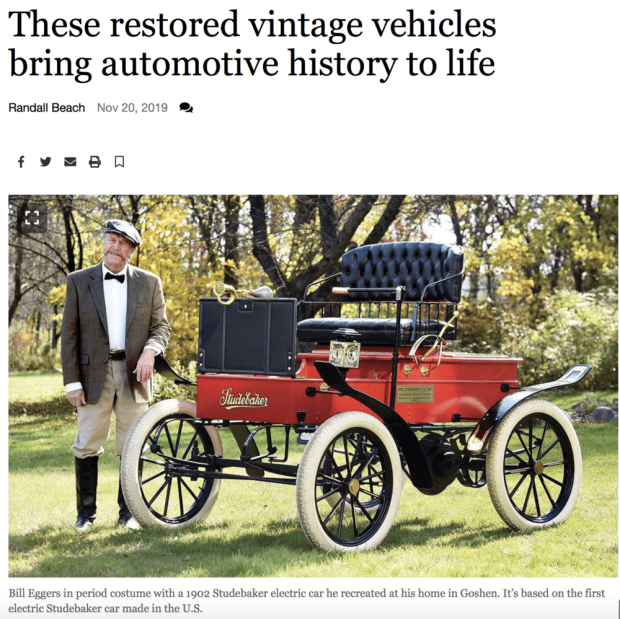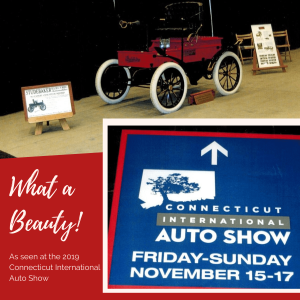
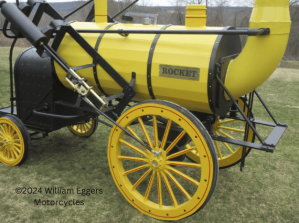



The Rocket, designed and built by Robert Stephenson and his son, was created for the Rainhill locomotive trials in 1829. (Liverpool & Manchester Railway was looking to open the world’s first intercity passenger railway and was looking for a contractor to build said locomotives.)
The average speed was 12 MPH and the top speed was 30 MPH. An interesting choice, since the original Rocket had no brakes:
The WildBill Eggers 3/4 scale replica was built from a small scale model which was purchased from London. A single original Rocket still exists–it left the Science Museum in 2018, toured various sites around the U.K. until it came to rest at the Locomotion Museum in Shildon.
Ideal for museums and private collectors. Call for pricing.

